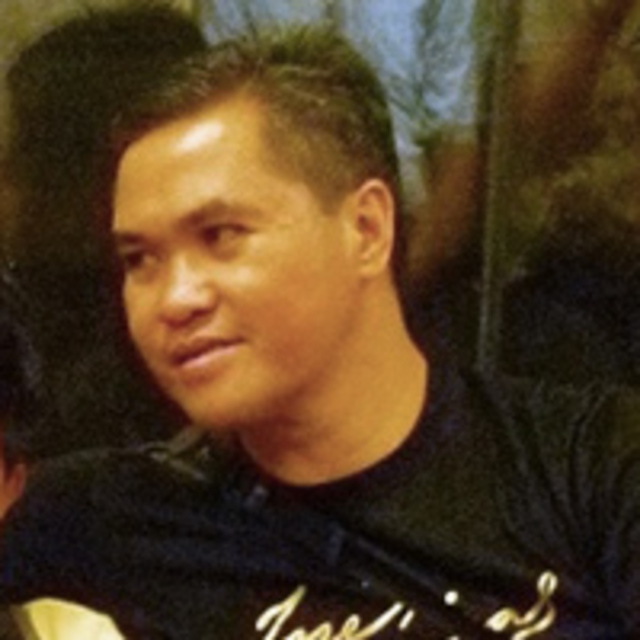

It all began in 1981 when, on the third year of his papacy, Pope John Paul II visited the Philippines to beatify the first Filipino martyr and now saint, Lorenzo Ruiz, along with 17 other martyrs from the University of Santo Tomas.
Although it was not his first journey to our country, having visited Manila in 1976 as Archbishop Karol Cardinal Wojtyla of Krakow, it was to be his first after his elevation to the Chair of St Peter. The visit of the Pope was a breath of fresh air at the time when severe crises, both at the sociopolitical and economic fronts, were gripping the country under the regime of the former dictator, Ferdinand Marcos.
Close to a decade earlier, in September 21,1972, Marcos placed the entire country under martial law on the pretext of securing the State against, as he claimed, the threat of Communism. It was supposed to be a temporary affair, a strategic move designed to be undone as soon as the perceived danger was neutralized and peace and order in the country restored. In the years that followed however, Communism doubled its strength, political institutions were in disarray, national economy was on free fall, and Marcos remained entrenched in power.
By some miraculous spell, Marcos lifted martial law in January 1981, practically a month before Pope John Paul II’s papal visit. Observers saw it as a gesture of good will to the visiting head of the Catholic Church, whose faithful included a huge majority of Filipinos; others however considered it typical political propaganda meant to repair the public image of the then troubled Marcos’ leadership.
It was no secret that Marcos’ martial law experiment was a dismal failure, and across the country, the clamor for a regime change was gaining momentum. Marcos thought a papal visit could just be the spectacle he needed not only to distract public attention away from the charges of corruption plaguing his administration, but also to impress upon the local and global press his self-projection as a benevolent leader.
Obviously, the dictator underestimated the consequences of his wager. He probably thought that Pope John Paul II was just another pope, some fatherly cleric from Rome who would gather his Catholic flock mainly to bless them and lead them in prayer. Pope Paul VI, the first pontiff to set foot in the Philippines, fit this type. He visited the country in 1970 and was also received by Marcos, who was then on his second term as president – that is, that precise juncture when the possibility of martial law already loomed in the horizon. Pope Paul VI must have left in Marcos’ imagination an image of the pope as an ecclesiastic who exudes a harmless charm and a quiet, subdued demeanor. Pope John Paul II had such but he also exhibited something more, as shown by that instant and palpable connection which endeared him to the massive number of Filipino faithful no matter where he went. (READ: Touched by a saint: A close encounter with Pope John Paul II)
For 6 days, the charismatic Pope from Poland practically rolled through the entire country, literally from north to south of the Philippines, as he reached out to informal settlers, refugees, sugar plantation workers, members of indigenous communities, urban poor, youth, and lepers, among others. As described by the veteran journalist Ceres Doyo: “Everywhere he went there was a throng, sometimes millions strong, that rushed to get a glimpse of him. There were oceans of people praying, shrieking, fainting, waving, sobbing. That was perhaps the most rousing welcome ever given a visiting foreign dignitary, unparalleled in the Philippines’ history. The welcome was typical Filipino hospitality, Filipino affection gone wild and free.”
Pope John Paul II might not have issued a pronouncement against the Marcos dictatorship, to the great disappointment of some political pundits, but what he did not say in words, he communicated with his presence, and those who had the privilege of getting near him or hearing him speak could attest how by his person alone, the Pope could convey the message to the multitudes that he was in solidarity with them. There was in Pope John Paul II a natural ability to recognize the person behind the veneer of social status, physical ailment, religious membership, ethnicity, or economic class and see her as someone worthy of respect. This was a fact genuinely experienced by the people who came in droves to take part in various papal events. Despite the language barrier, the mammoth crowds that congregated for his public audience or masses could sense something honestly true, something familiarly meaningful, each time the Pope would speak to address them.
Fourteen years later, in January 1995, Pope John Paul II returned to the Philippines for the World Youth Day and the International Youth Forum at the University of Santo Tomas. “The Filipino people are never far from my mind and heart.” These were the words the country heard him say when he stepped out of his plane. He was a Pope from a foreign land and yet for millions of Filipinos, his was an arrival of someone coming home. – Rappler.com
Jovito V. Cariño is a member of the Department of Philosophy, University of Santo Tomas.